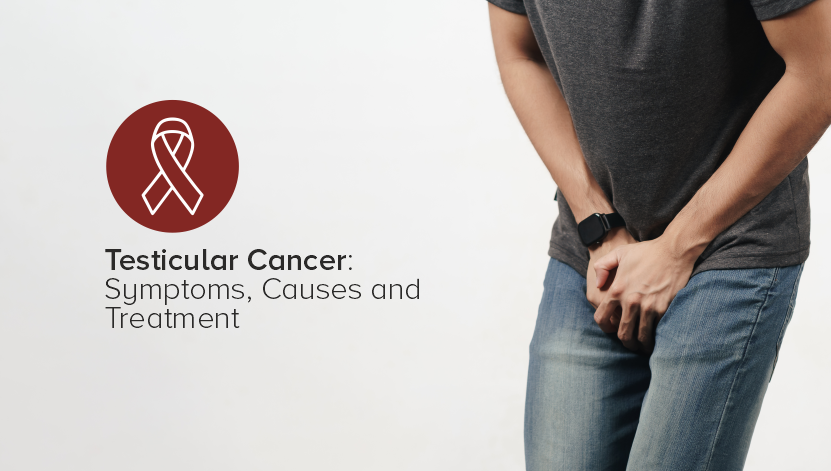Cancer often finds its place in hushed tones, as if the mere mention could invoke its presence. Among the various types of cancer, testicular cancer is one that many people—both men and women—may not understand fully. It's an illness underscored by myths and misconceptions, which can lead to delays in seeking medical help.
